I would like to create a zigzag indicator for stocks. I'm working with python and my english is bad so my appologies for that. I took part of my code from: Pandas: Zigzag segmentation of data based on local minima-maxima
The problem is the zigzag I would like is this (Metastock zigzag indicator):
 And my zigzag code looks like(note you can change the percent with a filter):
And my zigzag code looks like(note you can change the percent with a filter):

from pandas_datareader import data
import pandas as pd
from datetime import date
from pandas_datareader.nasdaq_trader import get_nasdaq_symbols
from scipy import signal
import pandas as pd
import numpy as np
import matplotlib.pyplot as plt
import matplotlib.dates as mdates
np.random.seed(0)
def filter(values, percentage):
previous = values[0]
mask = [True]
for value in values[1:]:
relative_difference = np.abs(value - previous)/previous
if relative_difference > percentage:
previous = value
mask.append(True)
else:
mask.append(False)
return mask
def main(stock=None, start_date=None, end_date=None):
df = data.DataReader(
stock,
start=start_date, end=end_date,
data_source='yahoo'
)
return df
if __name__ == '__main__':
today = '{}'.format(date.today())
stocks = ['BLL']
cont = 0
for stock in stocks:
cont += 1
try:
serie = main(stock=stock, start_date='2018-1-1', end_date=today)
serie.insert(loc=0, column='Date', value=serie.index)
serie = serie.reset_index(drop=True)
# Create zigzag trendline.
########################################
# Find peaks(max).
data_x = serie.index.values
data_y = serie['Close'].values
peak_indexes = signal.argrelextrema(data_y, np.greater)
peak_indexes = peak_indexes[0]
# Find valleys(min).
valley_indexes = signal.argrelextrema(data_y, np.less)
valley_indexes = valley_indexes[0]
# Merge peaks and valleys data points using pandas.
df_peaks = pd.DataFrame({'date': data_x[peak_indexes], 'zigzag_y': data_y[peak_indexes]})
df_valleys = pd.DataFrame({'date': data_x[valley_indexes], 'zigzag_y': data_y[valley_indexes]})
df_peaks_valleys = pd.concat([df_peaks, df_valleys], axis=0, ignore_index=True, sort=True)
# Sort peak and valley datapoints by date.
df_peaks_valleys = df_peaks_valleys.sort_values(by=['date'])
p = 0.1 # 20%
filter_mask = filter(df_peaks_valleys.zigzag_y, p)
filtered = df_peaks_valleys[filter_mask]
# Instantiate axes.
(fig, ax) = plt.subplots(figsize=(10,10))
# Plot zigzag trendline.
ax.plot(df_peaks_valleys['date'].values, df_peaks_valleys['zigzag_y'].values,
color='red', label="Extrema")
# Plot zigzag trendline.
ax.plot(filtered['date'].values, filtered['zigzag_y'].values,
color='blue', label="ZigZag")
# Plot original line.
ax.plot(data_x, data_y, linestyle='dashed', color='black', label="Org. line", linewidth=1)
plt.show()
print('{} - {}| success'.format(cont, stock))
except Exception:
print('{} - {}| ERROR'.format(cont, stock))